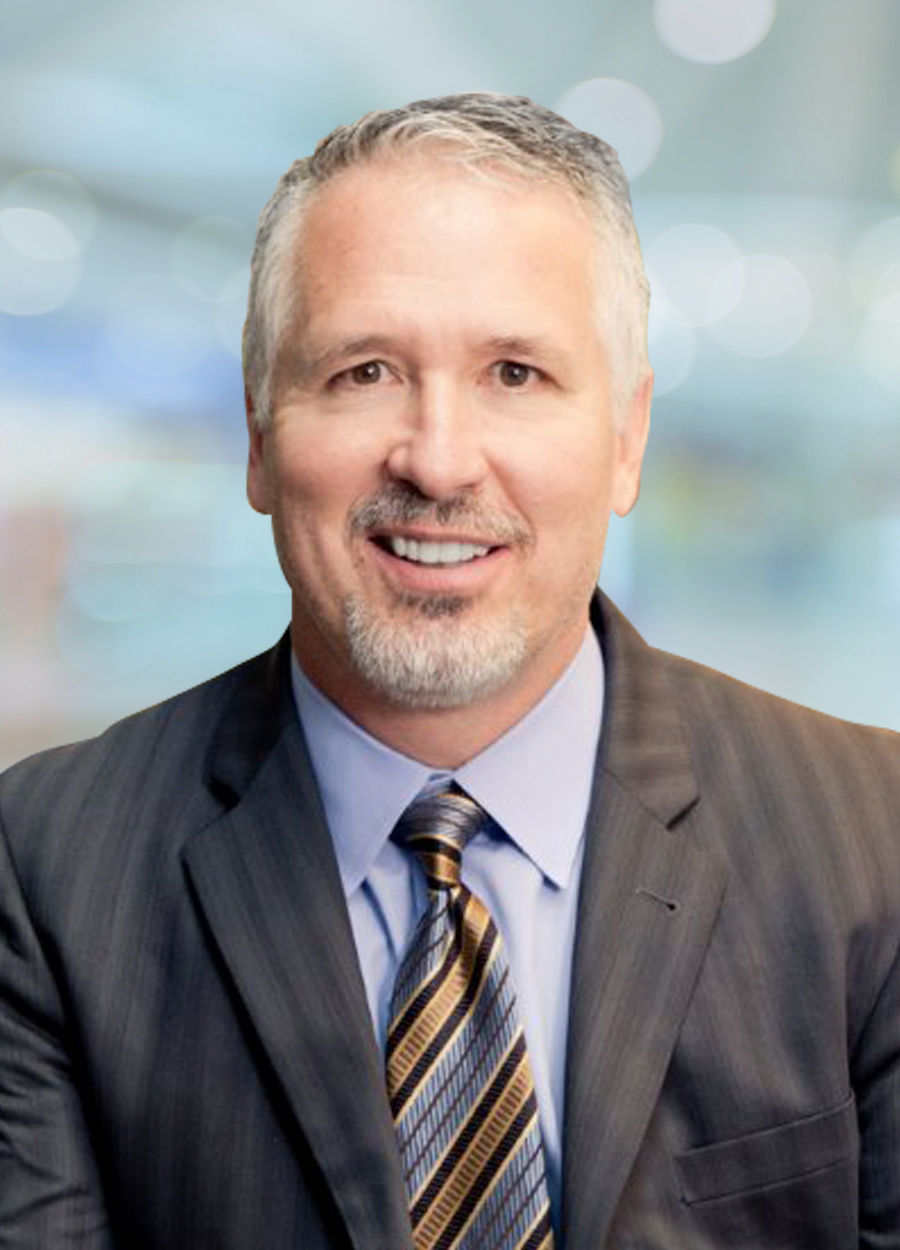PERE 20: Niche No Longer, Light Industrial Leads Next Chapter
- PERE
- Jul 3
- 4 min read
Updated: Jul 9
BKM Founder Brian Malliet sat down with PERE for their 20th anniversary publication to discuss emerging industrial investment trends, including the growing investor interest in specialized sectors.

What are the most significant changes you have seen happen in the private real estate industry over the past decade?
Over the past decade, we have seen a structural pivot in investor preferences, driven by the rise of high-performing alternative assets. The traditional four food groups of commercial real estate – office, retail, multifamily and industrial – are no longer the default destinations for capital. Instead, more niche segments are emerging as popular alternative asset classes, including multi-tenant light industrial and IOS, grocery-anchored/strip retail, senior and student housing, and suburban offices outside dense urban cores. These once-overlooked categories have demonstrated durable performance, especially in volatile economic periods, drawing increased institutional and private capital.
In our own focus area – small- and mid-bay light industrial – we have witnessed an influx of demand for flexible, well-located product as last-mile logistics and local service operators scale their operations. This shift underscores a broader redefinition of value: one that favors operational resilience and high-performing, embedded fundamentals. The platforms that understand these dynamics and can pivot quickly to meet evolving investor and occupier needs will be the most likely to succeed.
In that context, how has your firm’s approach to capital formation evolved over that period?
Capital formation has become a more nuanced and strategic endeavor in recent years among shifting market dynamics. We have observed institutional investors pulling back in periods of uncertainty – whether from the global pandemic, rising interest rates or recent political volatility – leading to a shift in investor profiles with private investors making up an increasingly larger share.
As a result, BKM has taken a more diversified approach to capital sourcing. Rather than relying heavily on blind commingled funds, we have leaned into other structures such as programmatic joint ventures and separately managed accounts, striking closer to a 50:50 balance between the two strategies where institutional capital previously dominated. These formats allow for greater alignment and flexibility, particularly with private capital partners that are eager to deploy into niche strategies like ours.
This evolution has not only diversified our capital stack, but has also enabled us to be more agile in our investment thesis. By forging deeper relationships across a broader base of partners, we have positioned ourselves to respond nimbly to shifts in the market and seize opportunities that might otherwise be overlooked by more rigid structures.
Similarly, how has your firm’s approach to dealmaking evolved?
Our dealmaking strategy has become increasingly intentional and refined in response to fluctuating market conditions. With transaction velocity slowing as some investors wait on the sidelines, we have seen purchase opportunities in the market double, allowing us to act with increased selectivity and pursue only those investments that align with our long-term value creation strategy. Rather than chasing volume, we are prioritizing precision while targeting high-quality, small- and mid-bay industrial properties where we can deploy our operational expertise to unlock significant upside.
Every acquisition must meet two essential criteria: the presence of significant mark-to-market potential (20–30 percent) and multiple opportunities for value creation. That could mean improving the tenant mix, subdividing units to enhance usability or investing in physical upgrades to capture market-leading rents. We consistently maintain an active investment approach, seeking to create measurable impact by repositioning older assets into premier, multi-tenant industrial parks. Amid a fragmented yet saturated landscape, our ability to stay focused and deliver consistent performance continues to distinguish us from the competition.
And how has the composition of your team changed?
While some firms have contracted or paused hiring during this uncertain cycle, BKM has been in strategic growth mode. In 2024, we surpassed 100 employees and 100 assets under management – a milestone that reflects both the momentum of our platform and the resilience of our sector. Over the past two years alone, we have expanded our team by 35 percent, not just to manage our existing portfolio, but to prepare for future expansion into new markets. To support the increasing transaction velocity and operational intensity of the sector, we are also opening new offices in markets where we see the greatest potential for growth.
In addition, with the rapidly evolving nature of technology and the increasing role it plays in informed decision making, we have strategically expanded our roster into emerging segments such as AI, data science and cybersecurity. These capabilities are essential for optimizing operations and making smarter, faster investment decisions. This influx of new talent has enabled us to stay ahead of the curve, ensuring we can continue scaling our platform while remaining nimble and performance-driven in a rapidly changing market.
What are the biggest risks for the industry today, and which risks should be monitored closely for the future?
One of the most unrealized risks in today’s investment landscape is the powerful effect of the herd mentality. In an era of constant media saturation and heightened uncertainty, it is easy for investors and operators alike to overcorrect or freeze entirely, based on fear rather than following facts. Human nature tends to assume the worst rather than analyzing patterns to understand the bigger picture. Staying disciplined, data-driven and focused on long-term value is critical to pushing past the noise, allowing us to react to the shifts occurring in the market.
Another evolving risk to monitor is the broader macroeconomic shift from a goods-based to a service-based economy. If consumer spending patterns falter, particularly in discretionary categories, certain real estate segments may face a softening of demand. In contrast, sectors tied to essential services or localized logistics – like the multi-tenant light industrial assets BKM specializes in – are likely to remain resilient. As always, the ability to anticipate change and proactively manage risk will separate the opportunistic from the reactive.










Comments